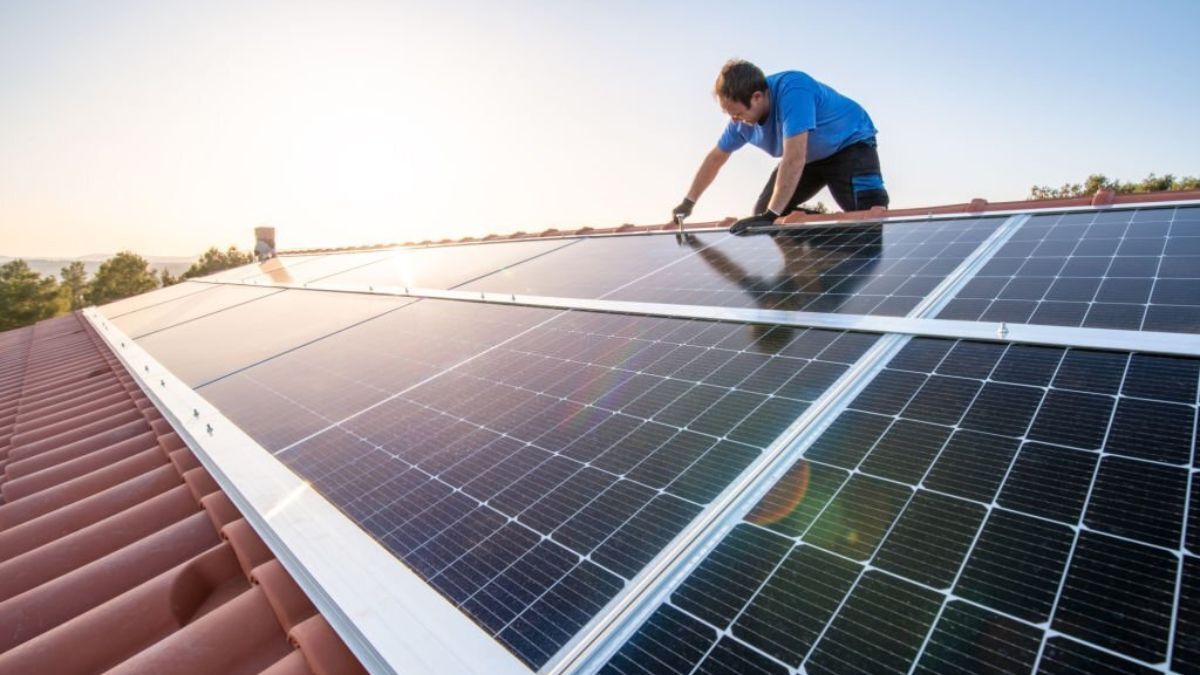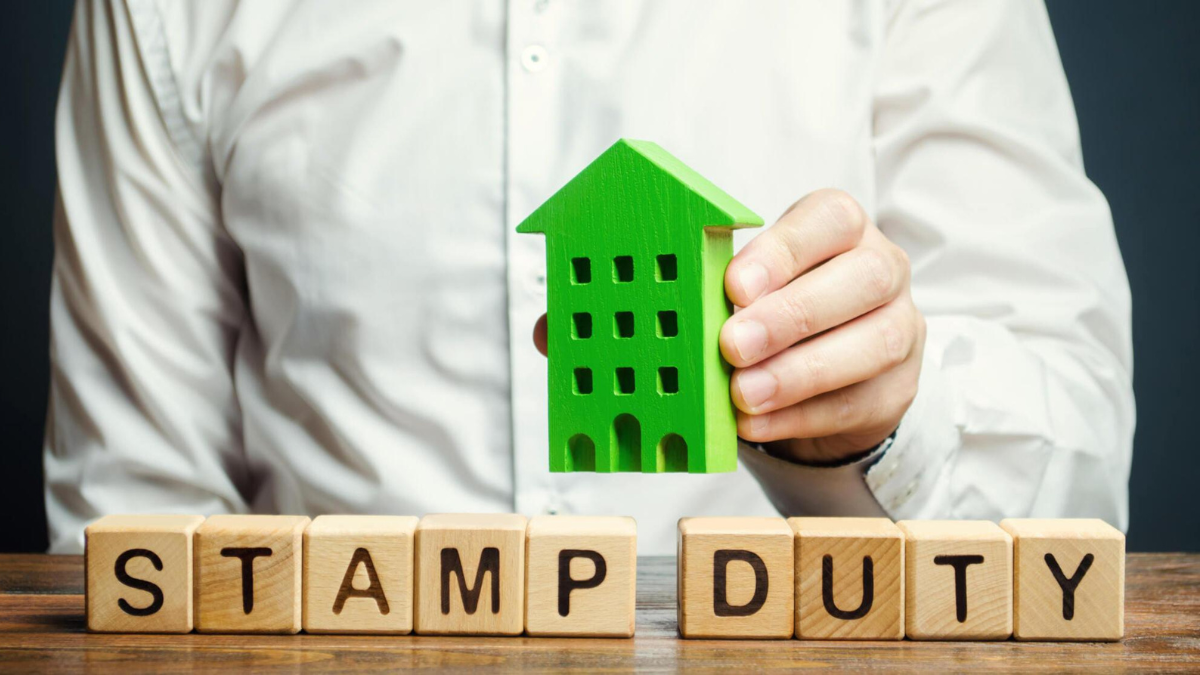
Why net-zero housing is the way of future
September 15, 2022 . Home Buyer's Guide . 10 min readThe adoption of ecologically sound practices by homeowners is rapidly becoming one of their top priorities. And one that is gradually becoming less financially prohibitive and more feasible. In an effort to encourage a greener way of life, new inventions are continually appearing, and net zero houses are surfacing as the ultimate goal of green living.
This is particularly true considering the ongoing decline in the cost of building a net zero home. In the following paragraphs, we will discuss the advantages of net-zero housing and why they are the wave of the future.
What is a net-zero house?
Just for a moment, pretend you will never have to worry about your utility bills again. That’s what “net zero” implies. Those who live in “net zero” houses generate the same or more energy as they consume on a yearly basis. Some even generate an excess of energy, which may be sold back to the utility company for cash or credit.
An intelligently constructed net zero house may reduce energy use and energy waste to the point where the homeowner has no energy costs, and the home is healthier and free of carbon emissions. In addition to protecting, you from fluctuating energy costs, they strengthen your home’s infrastructure, improve your quality of life, and bring it into harmony with its environment.
Guidelines for constructing a net-zero house
Building a house that utilises the least amount of energy possible demands not just careful design but also, obviously, cutting-edge technology. In order to begin, there are a few fundamentals that you should examine regardless of the circumstances.
- Take caution in the selection of your location
Your long-term energy needs are significantly influenced by environmental variables, including sunshine, air, precipitation, and temperature. So, it’s crucial to study the weather conditions in advance. It’s important to position your home so that you may take advantage of breezes, sunshine, and natural cover.
For instance, in the northern hemisphere, solar panels perform best when oriented toward the north. However, it is recommended that most windows face south.
- Utilise several forms of free energy
A net-zero house cannot function without a photovoltaic system. Installing solar panels on your roof or outside your home allows you to harness the sun’s energy and use it to power your home and even store some of it for the colder months.
The greatest conditions for this are when the roof (and not the windows) receives direct sunshine during the warmest times of the year. Solar panels have seen their prices drop dramatically over the last several years, but at the same time, their efficiency has been continually improving, which is good news for people who are concerned about the expenses involved.
- Ensure that the insulation is future-proof
To offset your reduced energy output, you’ll need to reduce your energy use. As a result, a net-zero house requires an auxiliary barrier to the elements. This requires not just brick walls but also triple-paned glass and an airtight exterior. Just like a human body, a building should be able to breathe.
Thus, a well-functioning ventilation system is essential for maintaining a comfortable and productive interior environment. Even if you don’t open any windows or doors, it will bring in outside air and recirculate it throughout the house.
Pros of having a net-zero house
The primary objective of net-zero housing is to achieve complete independence from exhaustible fossil fuels, cut down on carbon dioxide emissions, and mitigate their overall impact on the environment. However, they also provide the people who possess them with a lot of useful benefits.
- If you use renewable energy sources that don’t cost you anything, like the sun and the wind, you won’t have to worry about paying exorbitant amounts for your power and heating. According to the findings of research that was conducted in 2011 by the Buildings Performance Institute Europe (BPIE), energy-efficient architecture may reduce a building’s running expenses by as much as 80 per cent.
- When paired with automatic ventilation systems, airtight buildings call for much less labour to be done for maintenance. It won’t be necessary for you to clear up dust on a regular basis or be concerned about the growth of mould in your damp rooms or basement.
- It is possible for zero-energy houses to generate a profit for their owners as an investment. They have a significant resale value since they need nothing in the way of upkeep, and their structure is kind to the environment. If you choose to sell the property at some point in the future, you will therefore have a very good chance of making a substantial profit.
Does it represent the future of home design?
The rapid increase in building development (and associated increases in energy utilisation) is a direct outcome of the increasing urban expansion over the last several decades. Zero-carbon constructions are becoming more important in a nation like India that is striving to decrease pollution while also increasing energy accessibility in both rural and urban settings.
As every kilowatt-hour of power saved is one that can be used elsewhere, net-zero housing has the potential to revolutionise not just the housing industry in India but additionally the energy sector. In addition to reducing carbon emissions, zero-energy facilities may help expand energy democracy.
The increased knowledge among participants is expediting the adoption of such solutions despite the greater initial costs involved with learning about, installing, and sustaining net zero energy utilisation. When this attitude is included throughout the whole chain, beginning with the conceptualisation and creation of the project, it may greatly reduce the initial investment required to implement these features.
Considering the need for and potential reward from investing in environmentally responsible building practices, net-zero housing has the potential to play a pivotal role in India’s markets for real estate of the future.
It is possible to achieve significant energy savings and lower maintenance costs during the lifespan of a net-zero energy house. Integrating energy-efficiency measures with renewable resources, these buildings are designed and built to provide all of their own energy requirements.
Investment in net-zero housing and sources of clean energy may be incentivised by policymaking. Although there is a larger initial investment for net-zero energy buildings, tax credits and other subsidies may make them more competitive. The residential and commercial construction industries have a major chance to reduce the negative effects of carbon-intensive energy consumption by implementing net-zero housing projects.
Conclusion
Considering that buildings (both residential and commercial) in India are responsible for up to 30 per cent of the country’s total energy usage, net-zero housing provides a significant chance to foster a future less reliant on polluting fossil fuels. In addition to financial savings, there are many other advantages. Better for the environment and the homeowner’s wallet, net-zero housing is the wave of the future.
Is a net-zero home something you’re considering investing in? You may get aid with your down payment via HomeCapital, which is India’s first such programme. You may buy a net zero house with the help of our programme, which offers interest-free financing on down payments.



